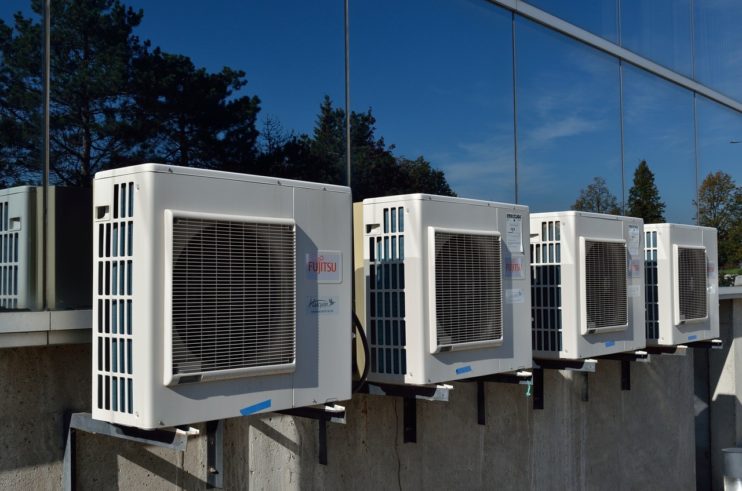Understanding Energy Star Ratings

The Energy Star rating was introduced in 1992. First seen on computer monitors and towers, it was on all kinds of appliances before too long. Many of us look for the Energy Star label, but just as many haven’t given that much thought to what it means. Ace Plumbing has assembled this quick explainer so our customers from Sacramento to Woodland can better understand Energy Star ratings.
What is the Energy Star Rating?
The Energy Star rating was devised by the EPA as a voluntary initiative to first identify, and then encourage, energy-efficient appliances. There are already federal efficiency standards for appliances, but the Energy Star label is awarded for appliances that hit certain efficiency benchmarks. For a television, that means consuming three watts or less instead of the mandated six watts. For a furnace, it means an AFUE of 90% or greater, which averages more than fifteen percent more than the federal mandate.
Energy Star Rebates
Many states — and California is one of them — offer energy efficiency rebates on select appliances. Your coffee maker won’t qualify, but if you’re in the market for new central air conditioning, a new boiler, washers and dryers, or water heaters, it’s a great way to defray the cost, in addition to what you’ll save having more efficient appliances.
Is Energy Star Worth It?
Long answer first: if you’re buying an Energy Star rated appliance, you’re typically spending a bit more. That’s because the technology is often more advanced than a model that may only have undergone minor changes year-over-year. So the efficiency, like the rating, comes at a price.
Because we’re talking about appliances that typically use a lot more energy than a television or laptop, however, the calculus is a lot different for a furnace, dishwasher, or central air. The difference of a few percentage points in energy usage adds up quickly over the course of a year. That difference is actually compounded if you’re buying replacement appliances, since you’re replacing units that were less efficient to start with, and that have only lost efficiency over time.
Combine the savings on your utility bills with the available rebates and the shorter answer is “yes.” The savings difference should more than offset the slight difference in cost.
Finding Energy Star Appliances
If you walk into the appliance section of Best Buy, or visit your neighborhood appliance shop, many appliances will have an Energy Star logo like the one pictured with this article. If you’re shopping online, or just starting your research, there’s an official list of EnergyStar certified products on the web.
Other Energy Star Applications
What began as a way to highlight energy-efficient appliances has, in recent years, expanded to even include the energy efficiency of buildings. Given that a building’s energy spend is a major indication of inefficiency, we may be able to help your business just as we’ve helped many Sacramento homeowners, identifying ways to make your heating, cooling, and other plumbing-related systems more efficient. For more advice on anything from energy efficiency to HVAC installations, contact Ace Plumbing at 916-455-4548 today.



